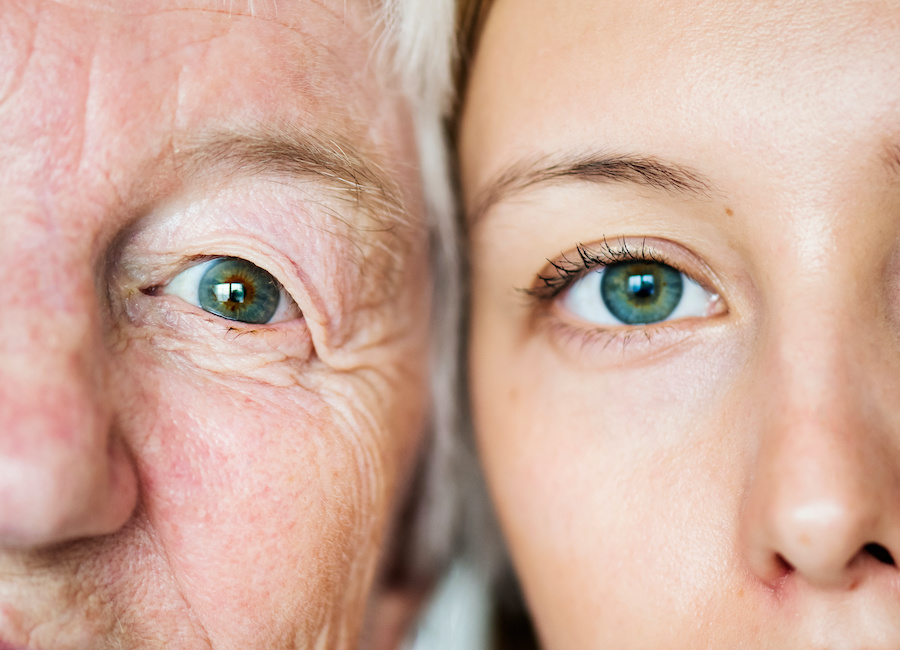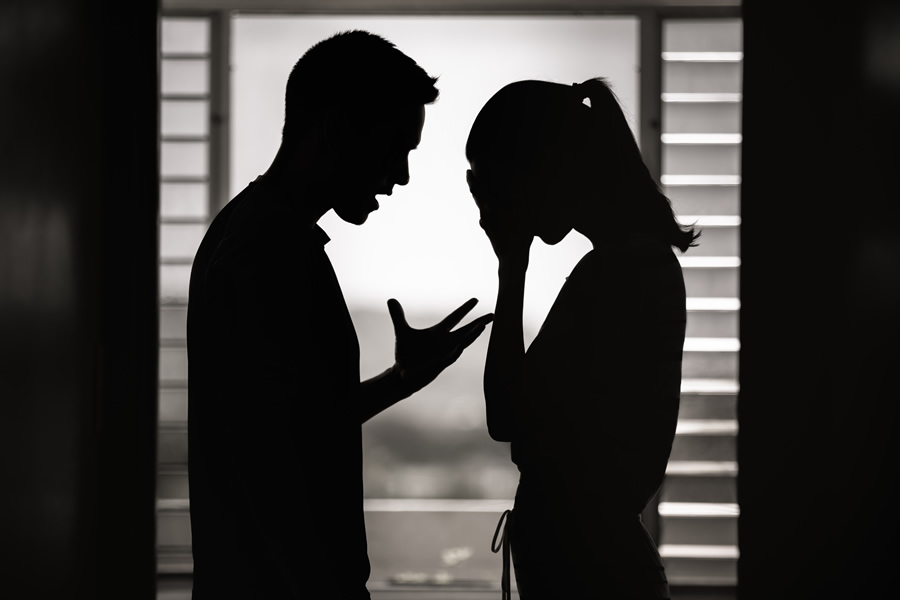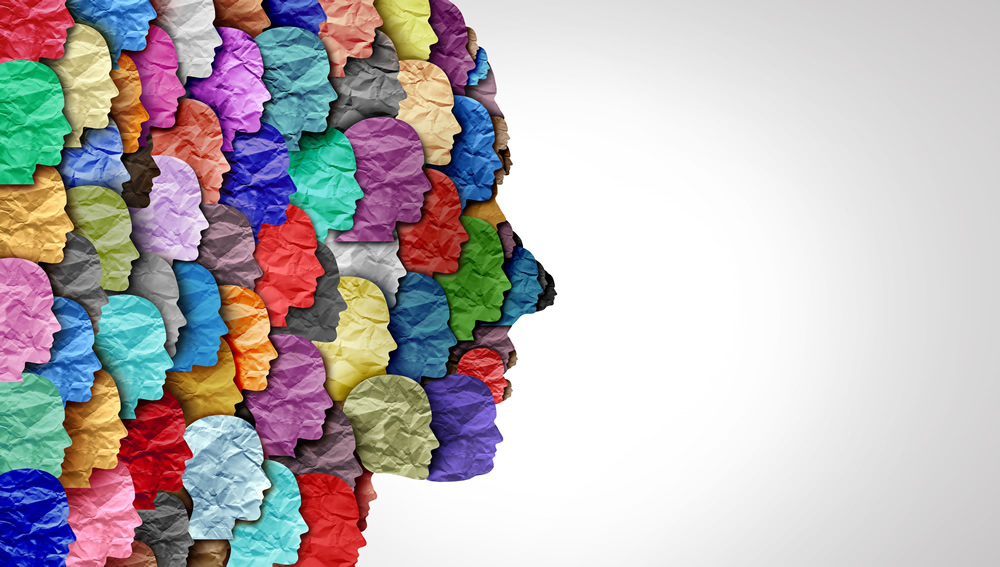EMDR (Eye Movement Desensitization and Reprocessing)
EMDR is a form of psychotherapy that helps people heal from trauma or other distressing life experiences and because of that, EMDR therapy has emerged as one of the most evidence-based treatments for Post Traumatic Stress Disorders (PTSD) and other trauma-related symptoms. EMDR was developed in the 1990 by Francine Shapiro. Shapiro believes that most mental health disorders originate from unprocessed disturbing memories or events.
What is an Unprocessed Traumatic Memory?
An unprocessed traumatic memory occurs when an event in the past continues to impact us in the present and/or future, resulting in negative beliefs about ourselves because of the traumatic event.
During traumatic events, our body and mind attempts to protect us from the event by “compartmentalizing” the intense feelings, thoughts, and bodily sensations in one side of the brain. While this self-protection function can be initially helpful, problems arise when we are triggered by events that are similar to the original event thus causing intense emotional distress. This emotional distress can present as “flashbacks”, nightmares, and physical manifestations, avoidance of people, places or events that remind the person of the traumatic event, hyperarousal, “startle responses” and hypervigilance, as well as intrusive thoughts or memories of the event, and irrational thoughts, feelings and behaviors that result in a high level of emotional disruption.
The Goal of EMDR:
The goal of EMDR is to decrease or eliminate the emotional charge or reaction to the trauma so that the patient’s disturbance is significantly reduced. The therapist will safely assist the patient reprocess the memory by revisiting the trauma in a specific way.
How Does EMDR Work?
EMDR attempts to free the patient from thoughts, feelings, and body sensations that are related to their traumatic event. In order to accomplish this, Dr. Shapiro has developed an eight-phase approach for EMDR therapy.
- History taking and treatment planning.
- Preparation
- Assessment
- Desensitization
- Installation
- Body scan
- Closure
- Reevaluation
Simply put, the EMDR trained therapy will learn about the patient by completing a bio- psychosocial assessment that includes but is not limited to risk factors, medical, social, developmental, and legal issues, past and current symptoms, and diagnoses. At the end of this phase, a treatment plan will be developed.
Once this has been completed, the therapist will explain the EMDR process. The therapist will then prepare the patient for reprocessing by ensuring that the patient has the mental stability and strategies to ensure their emotional regulation while revisiting the traumatic memory. The therapist and patient will then choose a memory to reprocess. During the assessment phase, the therapist assists the patient to find the earliest, most disturbing, or most recent memory that they are struggling with. Themes of the memory will be identified so that the “past, present, future connection” can be established and core negative beliefs about themselves can be identified. The chosen memory will be reprocessed with the goal being to desensitize the patient’s emotional connection to the memory. Once the memory has been desensitized, the therapist will help the patient to replace or “install” a positive belief about themselves, have the patient scan their body for any more physical sensations remaining from the trauma and prepare the patient for closure of the memory.
After successful treatment with EMDR therapy, emotional distress is relieved, negative beliefs are reformulated, positive alternative beliefs are installed, and physiological arousal is reduced.
Francine Shapiro, PhD https://www.ncbi.nlm.nih.gov/pmc/articles/PMC3951033/
Author information Copyright and License information Disclaimer Perm J. 2014 Winter; 18(1): 71–77 doi: 10.7812/TPP/13-098 PMCID: PMC3951033 PMID: 24626074
Maxfield, L.; Journal of EMDR Practice and Research Vol.13, Issue 4, DOI: 10.1891/1933-3196.13.4.239












